Integrating user-centred design in the development of a silent speech interface based on permanent magnetic articulography
(2015)
Book Chapter
Cheah, L. A., Gilbert, J. M., Gonzalez, J. A., Bai, J., Ell, S. R., Fagan, M. J., Moore, R. K., Green, P. D., & Rychenko, S. I. (2015). Integrating user-centred design in the development of a silent speech interface based on permanent magnetic articulography. In Biomedical Engineering Systems and Technologies; Communications in Computer and Information Science (324-337). Springer Verlag. https://doi.org/10.1007/978-3-319-27707-3_20
Abstract: A new wearable silent speech interface (SSI) based on Permanent Magnetic Articulography (PMA) was developed with the involvement of end users in the design process. Hence, desirable features such as appearance, port-ability, ease of use and... Read More about Integrating user-centred design in the development of a silent speech interface based on permanent magnetic articulography.
